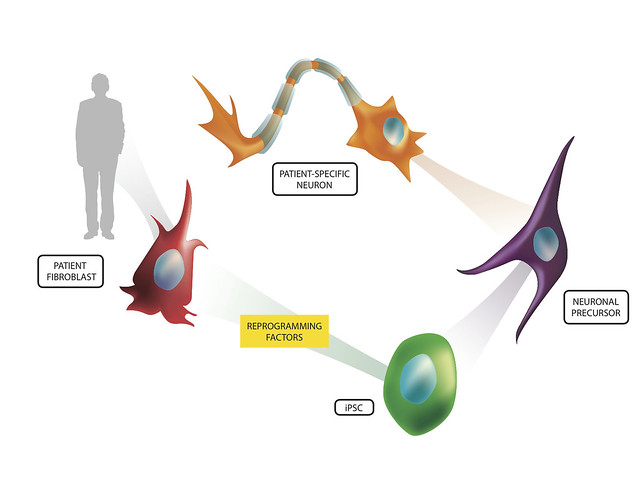Autoimmunity
occurs when the immune system begins to wrongly attack self-antigens or various
parts of the body it’s responsible for protecting. There are mechanisms in
place to prevent this kind of problem, while still allowing B and T-cells the
variability needed to combat a wide array of pathogens (disease causing
agents). Mechanisms are in place during the production of B and T-cells that
check them for auto reactivity, such as central and peripheral tolerance. The
breakdown of these tolerance mechanisms causes autoimmunity. When central tolerance
mechanisms breakdown, auto reactive B-cells escape negative selection, in the
form of apoptosis (cell death), and are released into the lymphatic system. It
is when these auto reactive B-cells become aberrantly activated through things
like B and T-cell discordance or T-cell bypass that an attack on host tissues
begins.
Some autoimmune diseases are caused
by the production of autoantibodies against self-molecules, which are produced
when auto reactive B and T-cells escape tolerance mechanisms. The production of
autoantibodies against key components in the immune system, like inflammatory
cytokines (signaling molecules) can negatively affect the ability of the immune
system to effectively clear pathogens and prevent disease. In other words,
autoimmunity can predispose people to infection by various pathogens, which
they would normally be able to eradicate if their immune system was
uncompromised.
One of the most vital aspects of the
immune system is the ability of the various immune cells to effectively
communicate with one another and influence the environment around them. This is
done through the use of signaling molecules known as cytokines. They are a
diverse group of soluble proteins, peptides or glycoproteins that are secreted
by specific immune cells in order to elicit a specific response. Therefore many
times when an infection is detected inflammatory cytokines such as TNF-α are released, which induces things like
vasodilation. Thus, by increasing the amount of immune cells flowing to the
site of infection the environment around the pathogen is effectively skewed to
favor the immune system. Cytokines can also act as effector molecules to
polarize T-cell responses in order to rid the body of the pathogen in the
safest and most effective way possible. For instance, if an extracellular
pathogen like Streptococcus (the
bacteria that causes strep throat) began to infect your nasal system you would
want a Th2 (antibody mediated) response to be deployed as opposed to a Th1 (CTL
mediated) response. A Th2 response is much safer and more effective against
extracellular pathogens because, unlike a Th1 response, a Th2 antibody-mediated
response doesn’t involve the release of cytotoxic granules or pro-inflammatory
molecules, which could really damage these sensitive tissues. In order for a
T-cell response to be skewed towards a Th2 response the cytokine IL-4 must be
present and continue to remain in the environment. So, if a person suffered
from an autoimmune disease, which produced autoantibodies against IL-4 they
would be unable to effectively combat extracellular pathogens like Streptococcus,
and in a sense they would be
classified as immune compromised.
























